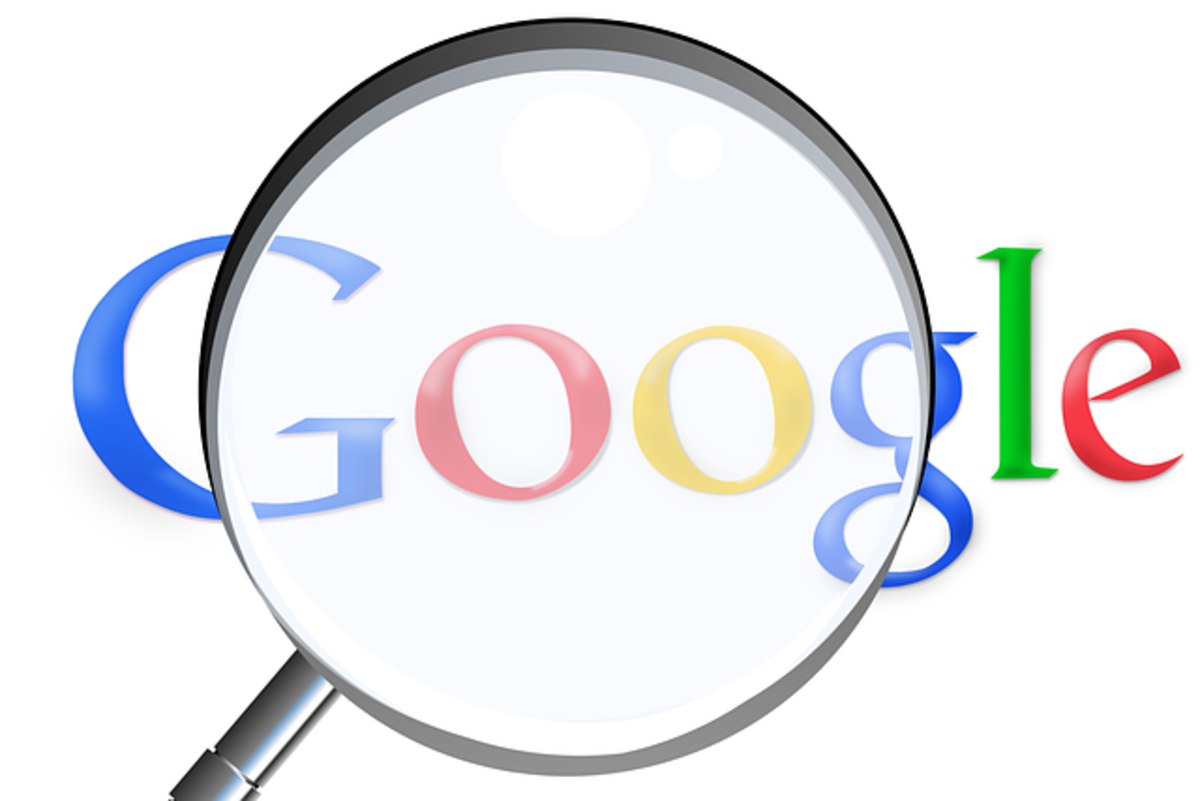How to Advertise a Website

There is only one place to advertise a website: Everywhere! Including a web address in every marketing effort possible is as much a requirement as a phone number used to be. In fact, these days, a website is almost preferred over phone numbers. Not only is a web address more easily remembered, people often like to get more information before connecting by phone or even email. As well, most mobile devices now have an Internet browser, making accessing a website easy anywhere.
Websites can be advertised with both offline and online ad campaigns which will be reviewed here.
What Type of Website is Being Advertised?
The first (and easiest!) order of business is to classify what type of website is to be promoted. Websites can be broken down into these general categories:
- E-commerce
- Blogs
- Corporate
- News
- Online community or social media sites
- Brick-and-mortar retail, travel and services
- Public service information
- Events and entertainment (sports, television, movies, expos)
As each of the various advertising methods are reviewed, their use for these website types will be noted.
Internet Advertising
What better place to advertise a website than on the web? There are three major categories of Internet advertising:
ORGANIC SEARCH RESULTS
Potential buyers can enter areas of interest into search engines such as Google and Bing which then return a list of relevant websites. The more relevant and authoritative the site, the more likely it will appear in the first, and most clicked, organic search engine results. Traffic received through organic search results is "free" advertising and is the ultimate goal for any website.
But organic traffic is not without cost. Creating a site of this caliber can be a significant investment in web design, content development and maintenance.
Best used for: All types of websites.
PAY PER CLICK (PPC) AND COST PER THOUSAND (CPM) ADVERTISING
The vast majority of advertising that is done for websites is for e-commerce, typically through systems such as Google AdWords which serve up ads for an advertiser on a wide variety of sites based on keywords relevant to the advertiser's business and the buyers viewing the site. The advertiser only pays for the ad when it is clicked by an interested buyer. This is referred to as Pay Per Click (PPC) advertising.
Additionally, organic search results pages feature relevant ads based on the subject being searched. As with PPC on standard websites, the advertiser only pays for the ad when it is clicked.
PPC systems are almost completely automated and the advertiser usually sets a price (bid) they want to pay for the ads. The higher the bid, the more likely the ads will appear on sites and is organic search engine results.
While PPC is popular, some systems utilize a cost per thousand visitors (CPM, where "M" stands for the the Roman numeral for thousand). These are primarily utilized on high traffic sites.
These ads can be either text ads or display banner ads (discussed below), depending on the space available and the design of the website.
Best used for: Ecommerce since there can be a significant cost involved. Paying for traffic that does not generate sales is not usually a good investment. However, sites of all types who are trying to build traffic to improve their organic search result rankings may employ PPC ads. Ironically, some sites may wish to advertise to build traffic to attract advertisers on their own sites.
BANNER ADS
Banner ads occupy a segment of a website's design area including top, sidebars, footer or interspersed with the page's content. Some are designed to pop up, covering the web page at certain intervals; however, these have become less popular and used sparingly since they can annoy visitors. Banner ads are sold for certain periods of time (e.g. by month) or as a benefit of website sponsorship, but are paid for whether they receive clicks or not.
Best used for: All types of sites, although those that sell something are more likely to use them because of the cost involved. In the early days of the Internet, these were more popular, but have been replaced by performance-based PPC ads. These days banner ads are more likely to be used on the website itself to call attention to the website's own offerings and content.
Email Marketing
The biggest challenge to using email marketing for advertising a website is that a list of valid email addresses is required. Purchasing email lists is an option, but they are not as big as postal direct mail lists. As well, the recipients on those lists may have no knowledge of the company being advertised and may flag any messages received as spam.
The best, but slowest, way to build an email list is to collect email addresses of customers and those who have expressed interest in the company and its offers. Doing so also helps keep email campaigns compliant with CAN-SPAM Act regulations.
On the website itself, include an opt-in subscribe form in an obvious location above the fold (visible to the viewer without scrolling). Include an incentive such as a free report, ebook or discount for opting in.
Using an email broadcast service such as Constant Contact, Vertical Response, MailChimp and AWeber can make creating, sending, managing and monitoring email broadcasts an easy affair. Plan to send an email promoting the website at least once a month. With the cost of sending email broadcast being very low, more frequent emailing can be done. However, sending a promotional email much more than once or twice a week can trigger people to unsubscribe.
The greatest advantage of using email to advertise a website is that it can link directly to the site. Plus, if using an email broadcast service that has analytics (such as those mentioned earlier), traffic coming to the site through those links can help in measuring advertising return on investment.
Best used for: All types of websites.
Printed Brochures and Stationery
As important, if not more important, than an email address or phone number, a website address should be included on all business cards, letterhead and other company branding materials such as brochures. This also gives potential customers a connection to the company should an employee featured on the business card leave.
Best used for: All types of websites.
Direct Mail
It seems ironic that direct mail can be used to advertise a website. Yet it can be very effective and trackable. With increased Internet advertising and decreased use of print mail, direct mail campaigns have a better chance of getting noticed.
Key to getting traffic to the website will be emphasizing the benefits of visiting the site. Hiring a direct mail graphic design professional can be worth the investment. Not all designers are skilled in this area. Ask!
As with standard print advertising (discussed above), including a unique landing page, web address and QR code on direct mail materials can help measure the results achieved.
Best used for: All types of websites except for blogs, primarily due to the expenses of direct mail.
Promotional Products
Except on very small items, include a web address on promotional products wherever possible. It is particularly important for items that will find a home on people's desks or mobile devices where they would be more likely to visit a site.
However, for wearable items such as logo'd polos and hats, including a website is optional. People are unlikely to be visiting a site while looking at someone's hat. But it would be recommended for placement on the BACK of promotional T shirts since people following the wearer on the street have additional exposure time.
Best used for: Any type of website. However, the expense involved may preclude using it for sites without e-commerce.
Print Advertising
Include a website address in print advertising—such as advertisements in newspapers and magazines—wherever possible. These days, people who want more information are more likely to jump on the Internet.
Pro Tip: Set up a separate and unique landing web page and address for each ad. This will help direct traffic and will be very easy to track responses with programs such as Google Analytics. A QR code that directly connects to a mobile-friendly version of the web page can also be included.
Best used for: All websites, except for blogs which may not be able to afford the advertising expense.
Billboards
Because domain names are often easier to remember than phone numbers, promoting a website on billboards can be effective to reach drivers who are whizzing past. Keys to making this work to promote a site:
- Make the website domain name BIG!
- Reduce the billboard's message to the one primary reason to visit the website.
- Limit the headline and message to less than 10 words, plus the domain name.
- Choose a memorable domain name that can be easily recalled by drivers and passersby who want to access it later.
Best used for: Websites promoting retail (especially local restaurants and services), travel, events, entertainment (sports, television, movies), PSA (public service announcement) and community notices.
Broadcast Advertising
Interestingly, the advice for broadcast advertising for websites is similar to that for billboards since the exposure is extremely limited:
- For television, make sure the domain name is featured prominently throughout the commercial, particularly during the last seconds of the ad.
- For radio, repeating the domain name more than once during the commercial is recommended.
Best used for: All types of websites except for blogs and social media. However, because of the expense of broadcast advertising, it is unlikely to be used exclusively to promote the website itself. Rather, the site's domain name is merely included within the advertisement in a "for more information" role.
This article is accurate and true to the best of the author’s knowledge. Content is for informational or entertainment purposes only and does not substitute for personal counsel or professional advice in business, financial, legal, or technical matters.
© 2013 Heidi Thorne








